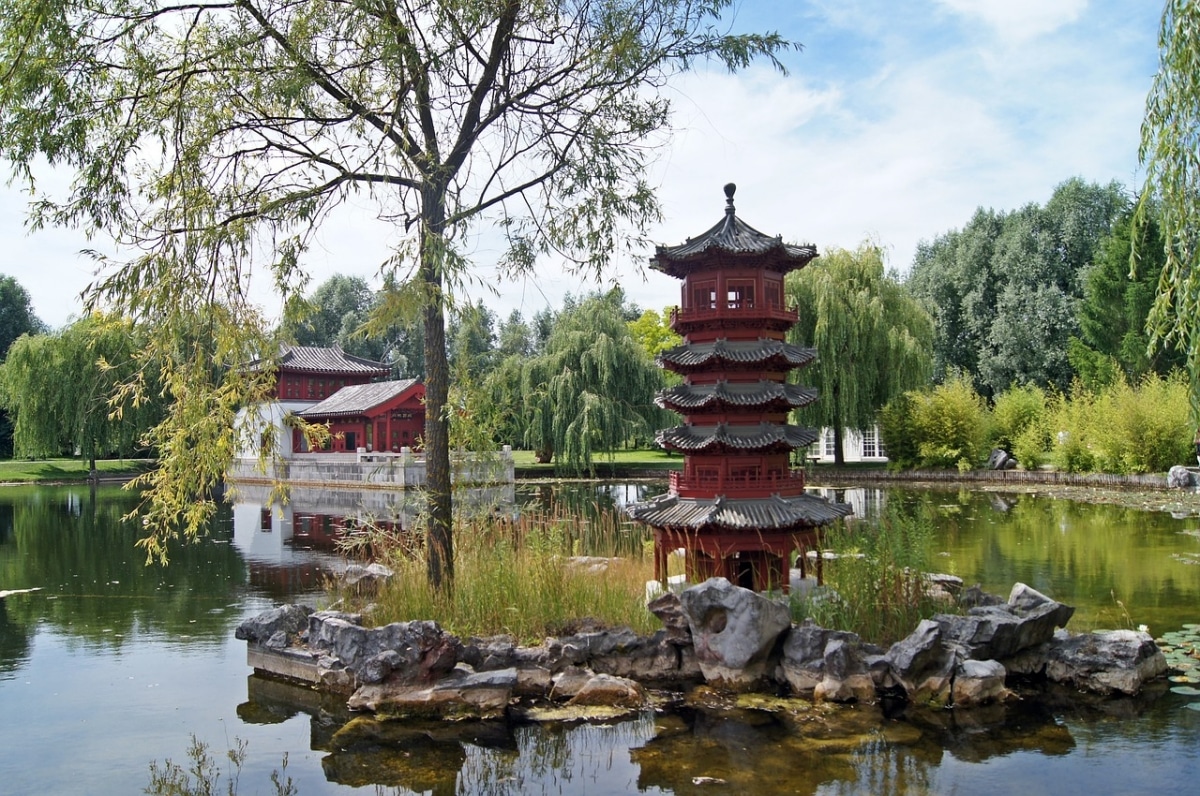
It was the painter Claude Monet who said "my garden is my most beautiful work of art", even today there are those who say that gardeners are artists, dedicated to keeping alive an ecosystem that changes as time passes. Chinese gardens also have something that we Westerners love: the exoticism, yes, but also the feeling of peace that intoxicates you as soon as you enter.
But how do you design a Chinese garden? Reality be told: it is not easy at all. There are many elements that must be taken into account because, for them, this is a paradise, a micro cosmos in which everything has to be in its place for the enjoyment of the gardener and that of his family.
History of the Chinese garden
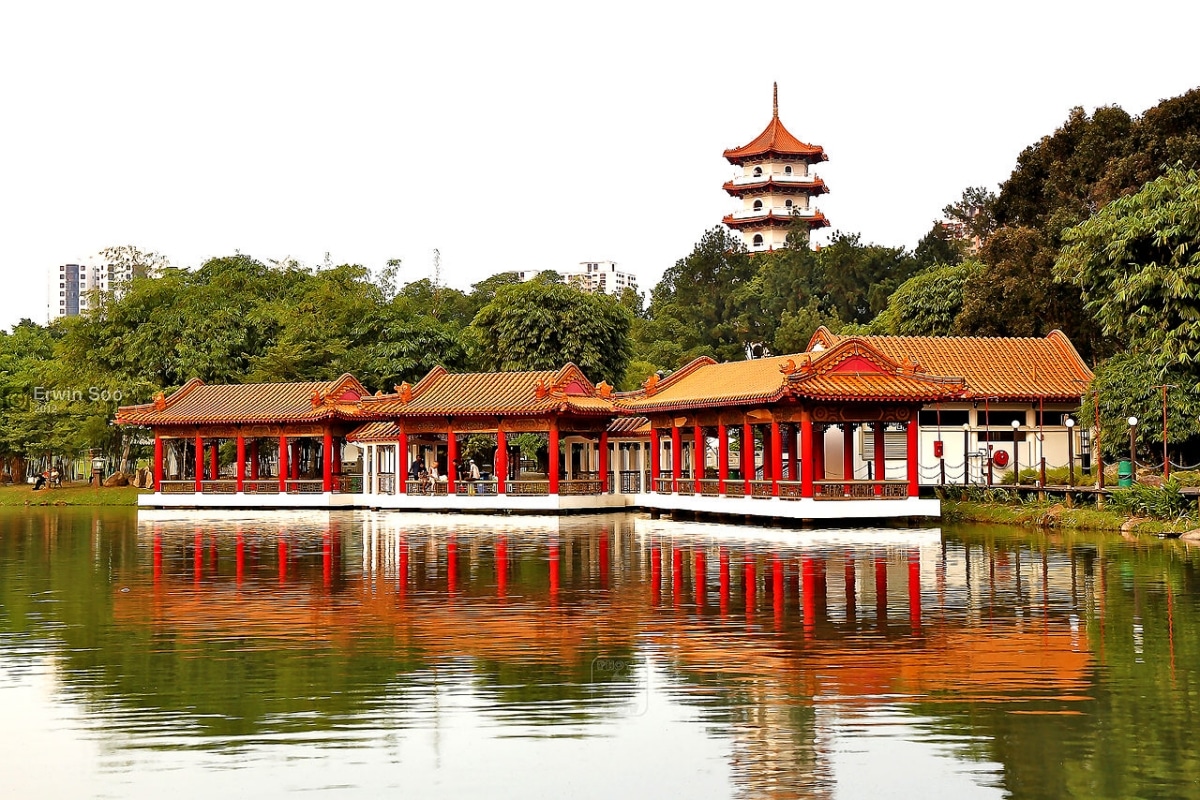
Image - Wikimedia / Erwin Soo
Like many of the great creations that were made in East Asia, the chinese garden had a mystical origin. The philosopher Zhuangzi asserted that Confucius had mentioned Xiwei Park, the name of the legendary sovereign before the Yellow Emperor, which never really existed (except in the imagination of those men). This was in the second millennium BC, but it was the beginning of everything.
It was believed that the first Chinese garden was on the top of a great mountain, on some islands in the middle of the sea, and that he kept the secret of immortality. These three elements (mountain, islands, and sea) would play a determining role in the evolution of the design of this particular micro cosmos.
Now, Chinese gardening as such did not develop until the Han period (206 BC - 220 AD). At that time they were looking for a place where they could rest and, also, hunt. The aesthetics of it was not as important as it would be years later, between the years 1368 and 1644 of our era, during the rule of the Ming dynasty.
First the emperors, then the bourgeois and finally the religious, they enjoyed gardens in which it was intended to recreate an idealized nature that could serve as places to meditate in peace.
The problem is that very few traditional Chinese gardens remain whole today. To this must be added that, in the past, Chinese buildings were made of wood, a material that, as we know, spoils over time, and does not resist fire. But even so, we can know what they were like (and are) thanks to those that are still standing, and to the paintings that the artists of their time drew.
How should a Chinese garden be?
Anyone who wants to design a Chinese garden He must be very clear that his garden, his work, has to be done without trying to dominate nature. It is important to avoid pruning, since it is intended to exert control over the plants, something that is not frowned upon in traditional Chinese gardening. But, precisely for this reason, it is convenient to know the species that will be part of the garden, in order to plant them in places where they will be able to grow at their own pace.
In addition, you have to know how the climate affects the terrain. And no, I'm not just talking about which areas are lit and which are shaded all day, but also how plants react as the seasons go by. The garden is an element that has life. It is made up of living beings, plants, animals and microorganisms (fungi, bacteria) that give it its shape and that adapt to the conditions of the place.
Therefore, traditional Chinese gardeners create their works following the practices of Feng Shui, that is, studying each of the elements of the place where you want to build to take advantage of the energy flows and maintain its harmony. Westerners can also use other methods, of course, but without losing sight of the fact that the Chinese garden has a mystical origin.
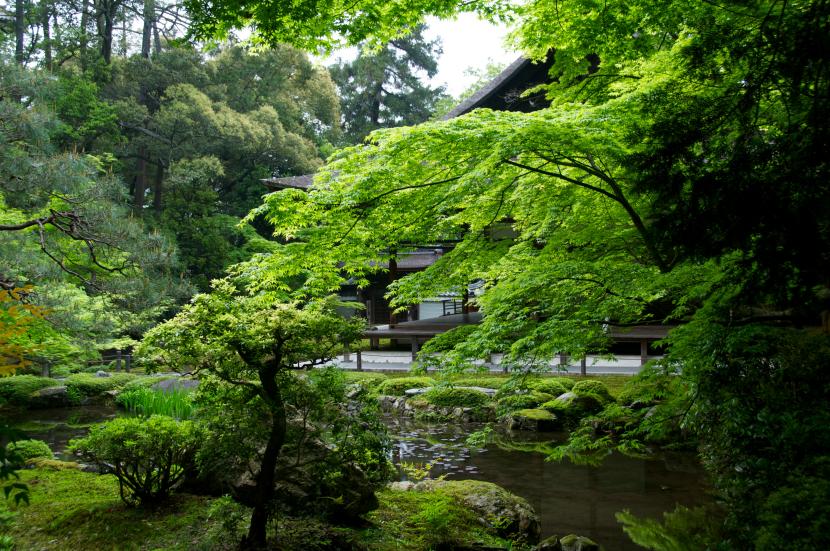
What are the elements that cannot be missing?
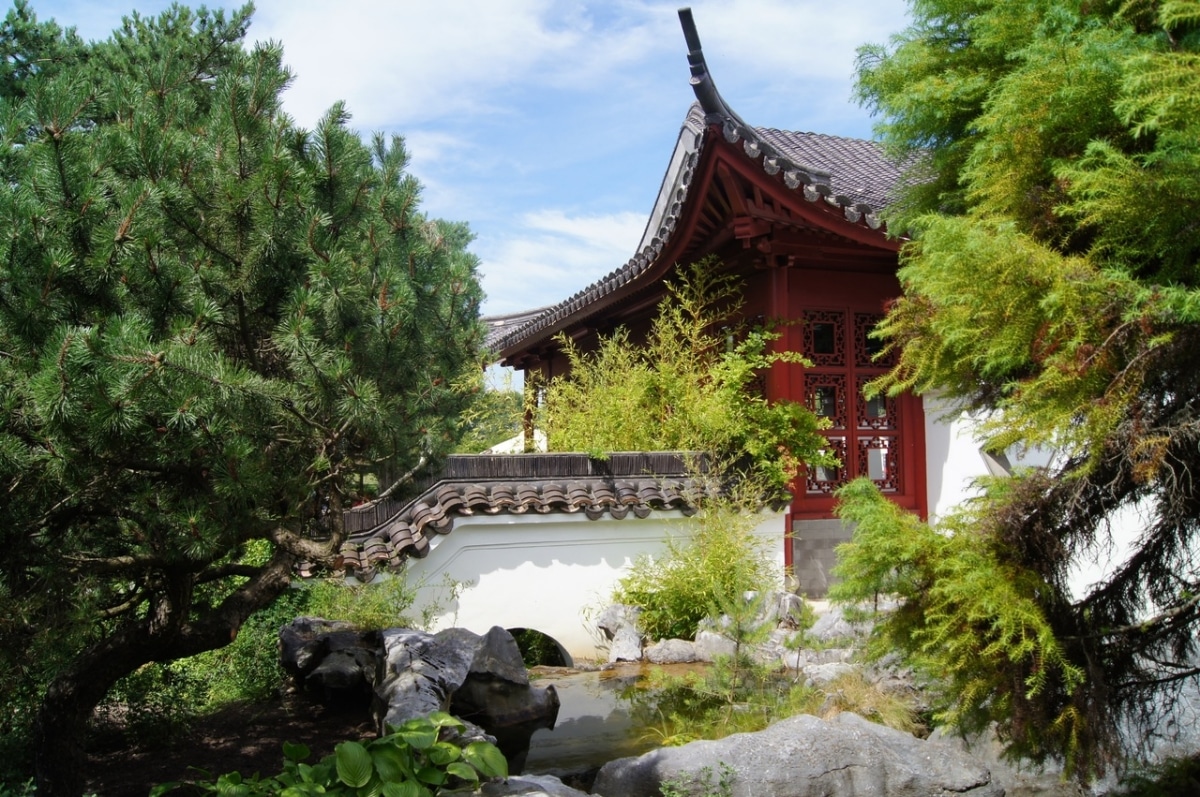
These:
- Water: is the main element. They can be fountains and / or ponds. The sound of the water helps you relax, and it will also help the odd bird or bee to quench your thirst.
- Stone: Since we do not all live near a mountain, we can represent it with stones. For example, stacking them on top of each other, or installing pillars.
- Islands: they can also be represented with stones, but these must be surrounded by water, as in a pond.
- Architectural elements: such as bridges, pavilions, arches, galleries, or pagodas.
The home is the main residence, but not the only one. The Chinese garden is part of what is called home, and as such it must be cared for. Likewise, it is highly recommended that the house have large windows from which to see the garden.
Famous chinese gardens
To finish, let's see which are the most famous Chinese gardens in the world:
Chengde Mountain Residence
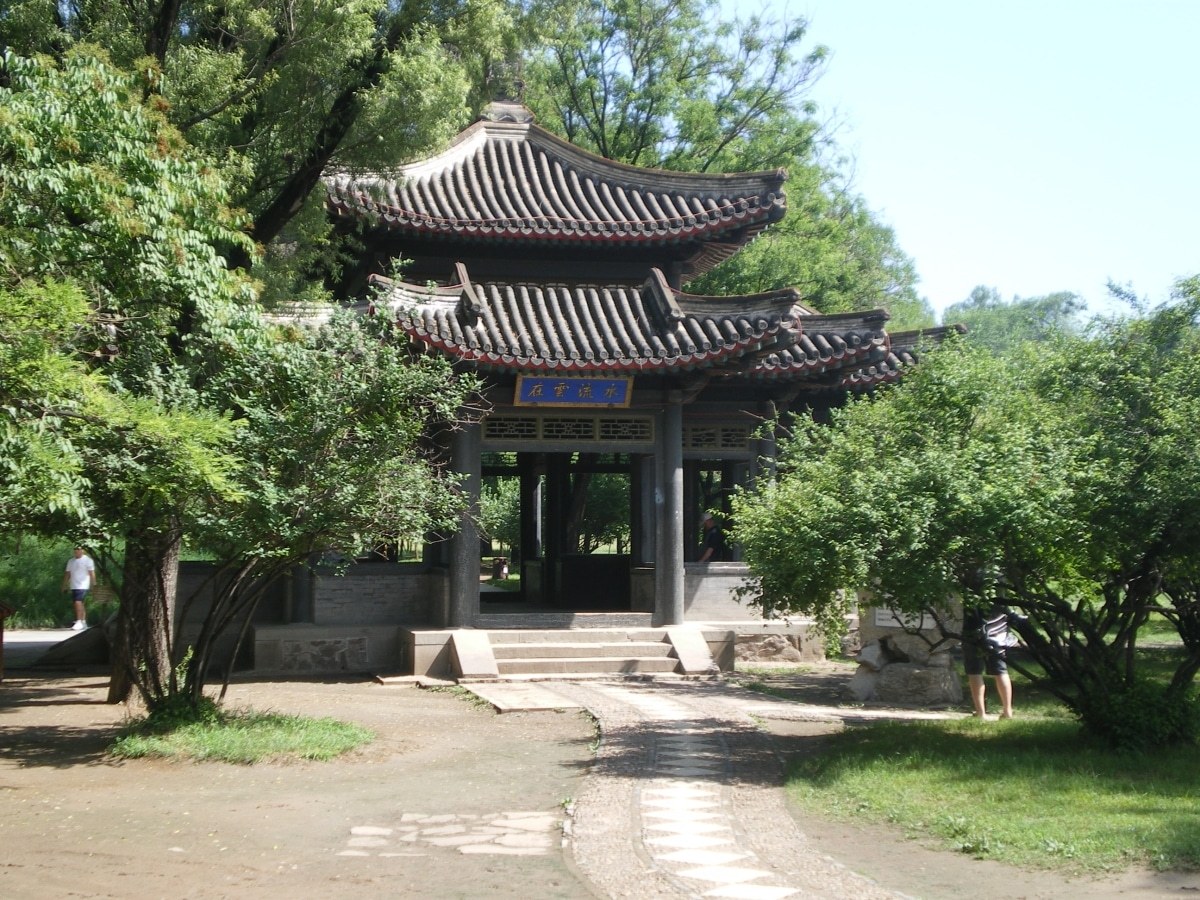
Image - Wikimedia / takwing.kwong
Located in Hebei province, it is a garden with a natural design, in which both the emperor's palace, as well as the temples and royal gardens blend perfectly with the surroundings. The great variety of plants that give it life, the mountain and the lake make this place considered the greatest example of classical Chinese gardening.
Ancient Lotus Pond
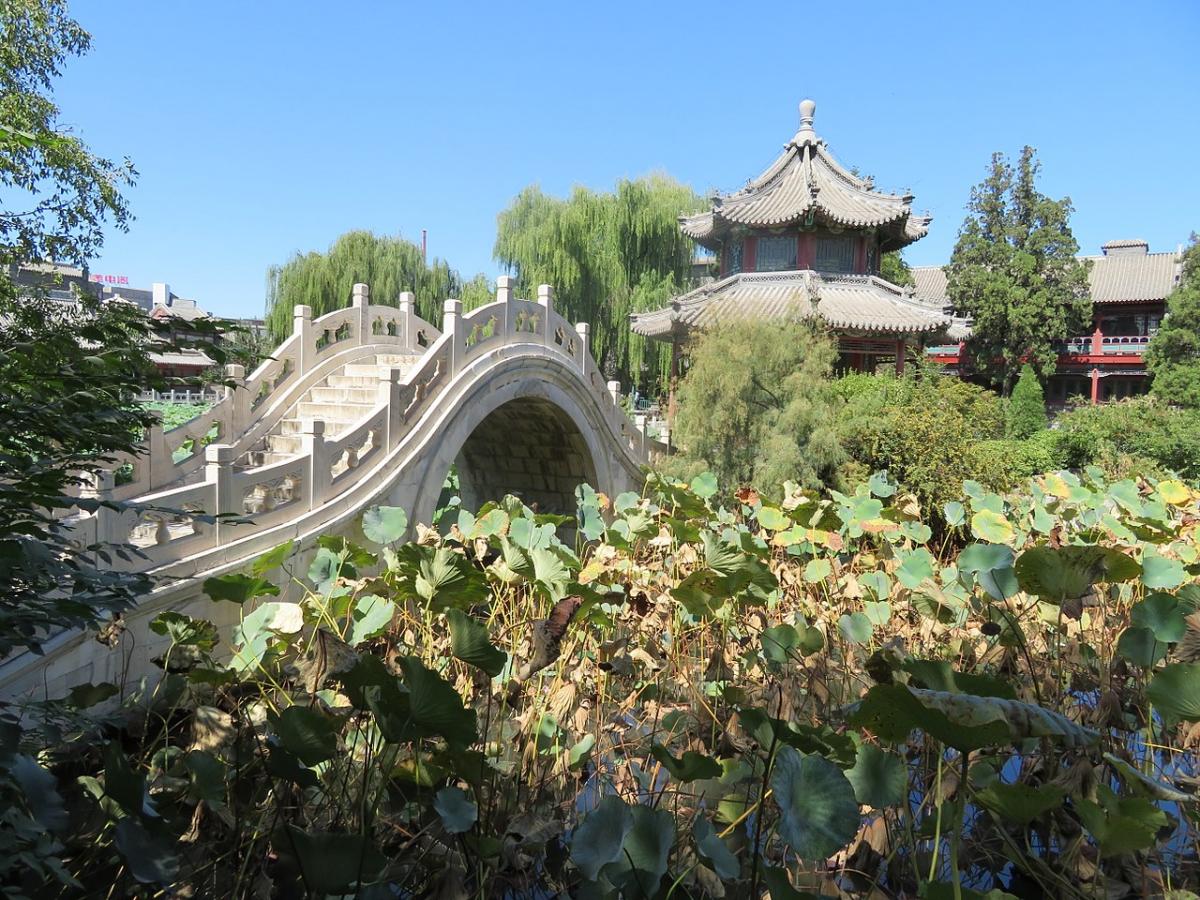
Image - Wikimedia / BabelStone
One of the most famous lotus ponds in China is located in Hebei province. But no, there are not only plants. From the beginning they wanted to build a garden on waterSo all buildings such as Shuidong Tower, Guanlan Pavilion, or Hall of Longevity are surrounded by this element.
Garden He
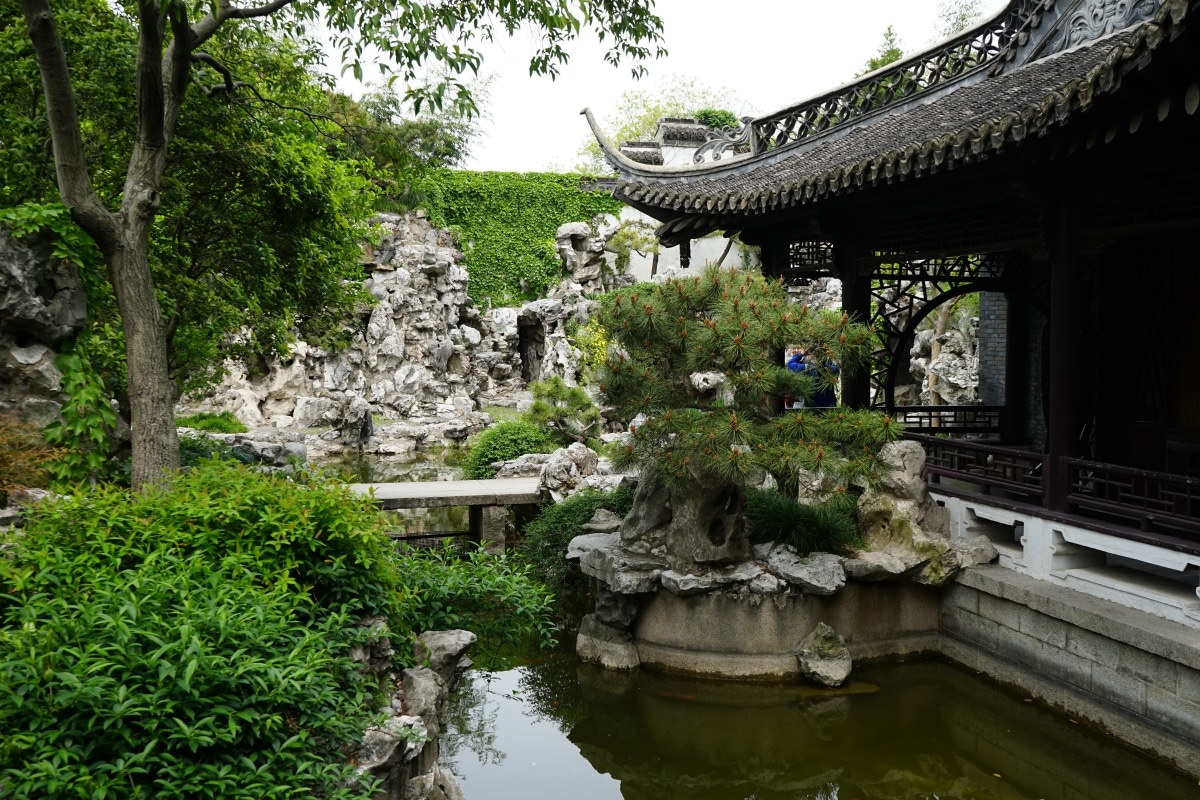
Image - Wikimedia / 大 买家
The He Garden was designed in the late Qing Dynasty, between AD 1644 and 1912. C. Y it was made in an incredible landscape, in which steep mountains and rocks are the protagonists. Even so, the artist managed to make it look natural and harmonious, taking advantage of the available spaces to build residential buildings and rockeries.
The traditional Chinese garden is unique, and very beautiful, don't you think?